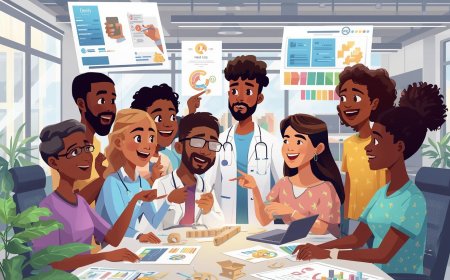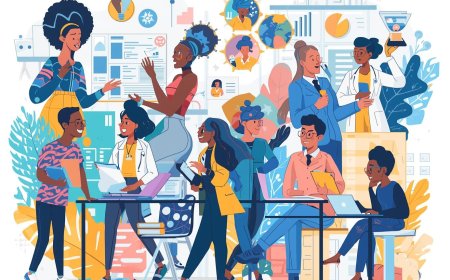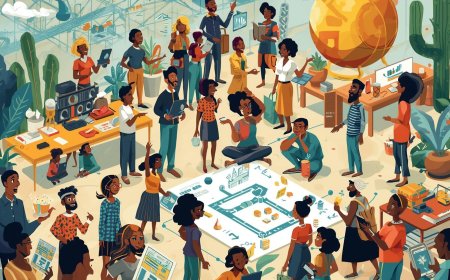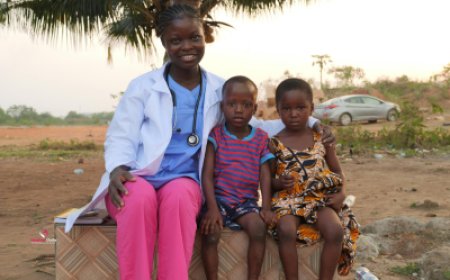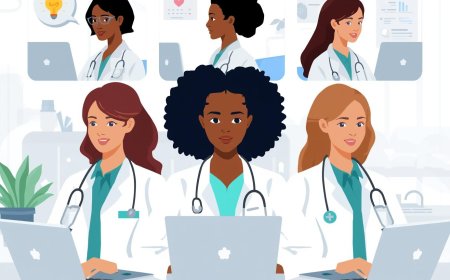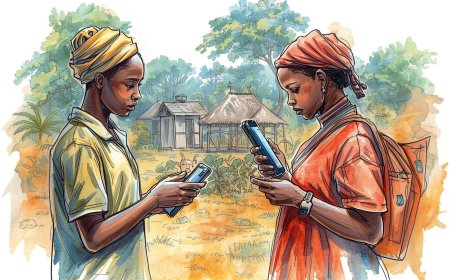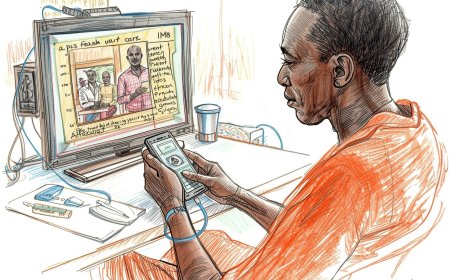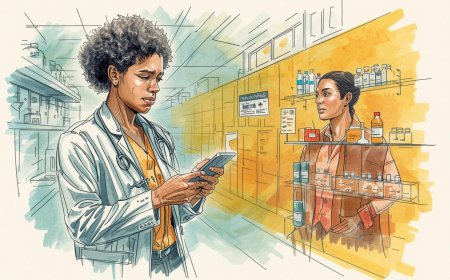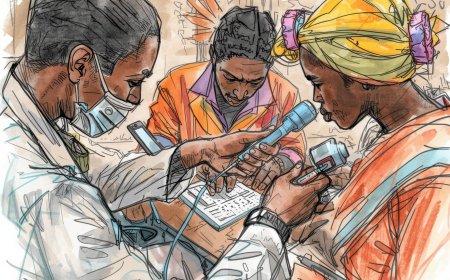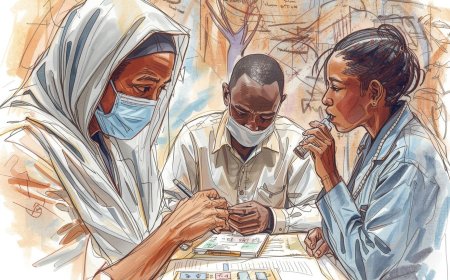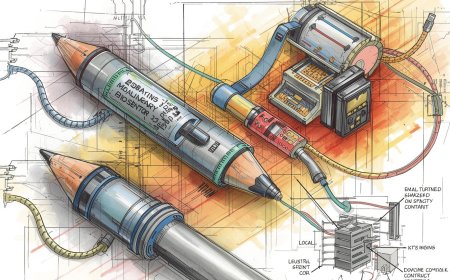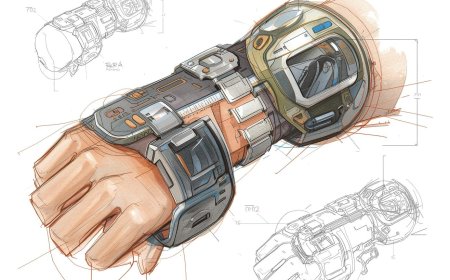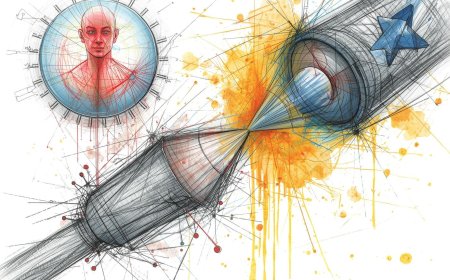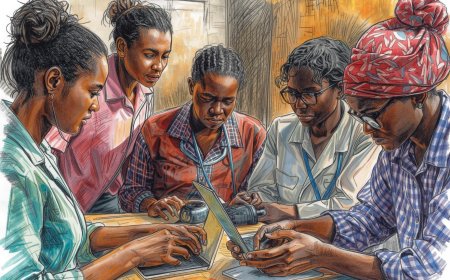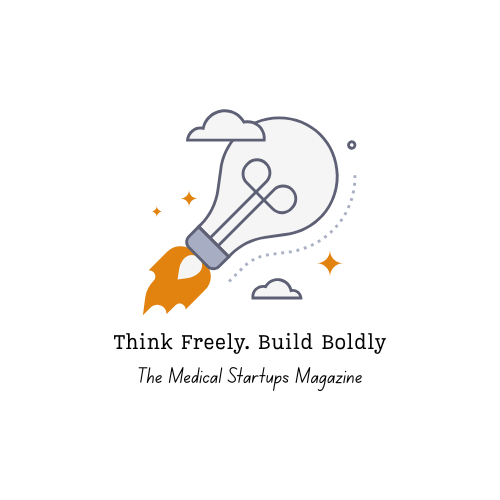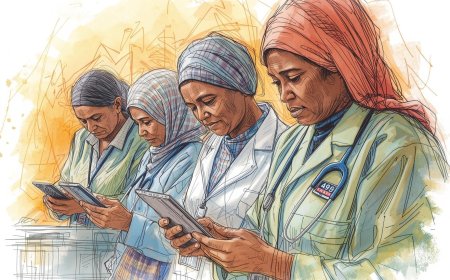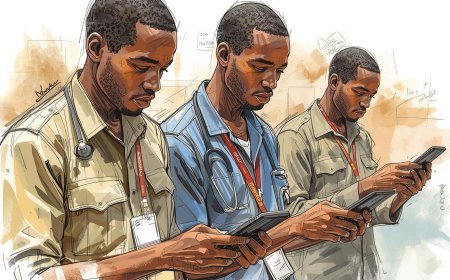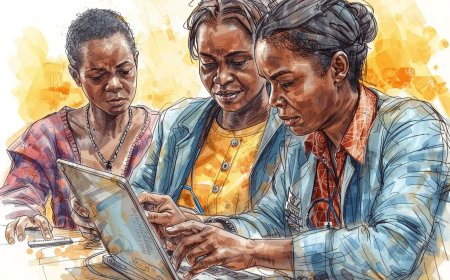How Digital Tools Can Multiply CHW Impact: Best Practices and Pitfalls
Discover how digital health tools—from mobile apps to AI-powered dashboards—are transforming the work of Community Health Workers (CHWs) across Africa. This article dives into practical, evidence-based best practices, pitfalls to avoid, and field-tested examples from African countries. Includes humor, local anecdotes, and APA-formatted citations with live, verifiable URLs.
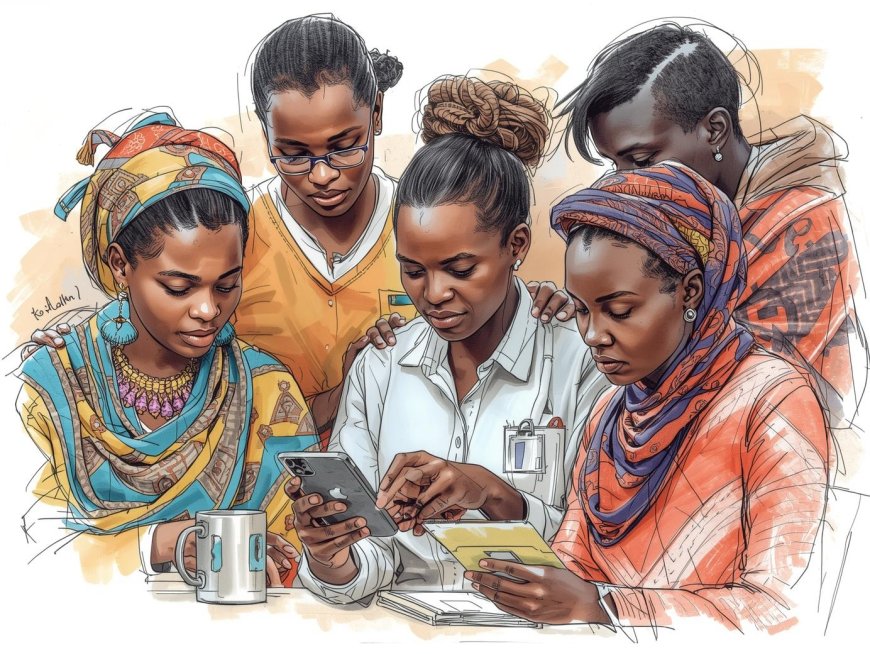
“A CHW without a charged phone is like a fisherman without bait — both will come home with stories, not results.”
Community Health Workers (CHWs) are the backbone of African primary care, especially in rural areas where doctors are few and distances are long. The digital revolution—fueled by cheap smartphones, 4G coverage, and mobile money—has quietly rewritten their playbook. But while mobile health (mHealth) tools can double CHW reach and efficiency, poorly designed systems can waste hours, drain batteries, and even demotivate workers.
This practical guide explores what actually works, what doesn’t, and how digital tools can multiply CHW impact — with real African case studies, witty field truths, and APA-cited resources with working links.
Why CHWs are central to digital health in Africa
CHWs deliver over 70% of frontline health interventions in many African countries—from malaria case detection and immunization tracking to maternal visits and community referrals (World Health Organization [WHO], 2024). Digital tools amplify their reach, standardize workflows, and provide real-time data for district health teams.
Yet, success depends on alignment with local realities: intermittent power, low digital literacy, patchy networks, and heavy caseloads. Tools that ignore these constraints often become “digital decorations” — impressive dashboards never fed with live data.
The “Village Wi-Fi” Anecdote
When Uganda piloted a digital malaria app, one CHW in Mbale proudly said,
“I can diagnose malaria in seconds — when the mountain sends me internet.”
Connectivity matters, but so does design. Apps that require constant internet connections in areas where “the mountain sends Wi-Fi” only twice a day are doomed. The best CHW tools work offline-first, syncing data automatically when networks return.
1. Core Design Principles: Build for the CHW, Not the Cloud
a. Offline-first design
CHWs often work where connectivity dies faster than a phone battery. Apps should store data locally, encrypt it, and sync later. Solutions like CommCare (https://www.dimagi.com/commcare/) and Open Data Kit (ODK) (https://getodk.org/) are proven champions in offline data collection (Gimbel et al., 2024).
b. Simplicity is power
The most successful CHW tools focus on 3–5 essential workflows (registration, diagnosis checklist, referral, reporting, stock tracking). Anything more turns the phone into a “scrollathon.” Simple interfaces increase accuracy and speed, especially for lower-literacy users.
c. Localization
Include local languages, icons, and voice guidance. In Ethiopia, CHWs preferred tools that allowed Amharic voice prompts; in Kenya, Swahili translations boosted accuracy for maternal care tasks (PATH, 2024).
d. Interoperability
Avoid data silos by ensuring the app speaks to national systems like DHIS2 or OpenMRS. Integration prevents duplicate work and enables cross-program insights (Digital Square, 2023).
2. Best Practices for Scaling Digital CHW Tools
a. Co-design with CHWs
The golden rule: “Nothing about them without them.” CHWs should be involved in testing prototypes, suggesting features, and localizing content. Participatory design increases tool acceptance and sustainability (WHO, 2024).
b. Data-light, battery-friendly
Use low-power settings, local caching, and SMS/USSD backup options. Data compression and lightweight graphics reduce cost for CHWs who pay for their own airtime.
c. Continuous training & supervision
Digital literacy isn’t a one-time training. Programs like Living Goods and Muso provide ongoing refresher mentorship through WhatsApp groups and in-app learning modules (Living Goods, 2024).
d. Incentives matter
When CHWs see data improving their work—or when digital reports trigger timely stock resupplies—they become champions. Link performance dashboards to supportive supervision, not punishment.
3. Pitfalls to Avoid
❌ Overloading apps with too many features
A malaria reporting app shouldn’t also track livestock vaccination. Feature creep confuses users and slows performance.
❌ Ignoring data feedback loops
CHWs collect valuable data but rarely see it used. Share simple summaries back to them (“You treated 15 cases this week!”) to maintain motivation.
❌ Device neglect
Phones are often shared, broken, or uncharged. Programs should budget for device rotation, solar chargers, and periodic replacement.
❌ One-size-fits-all approaches
A pastoralist CHW in Turkana and an urban slum CHW in Lagos face different realities. Tailor tools to context, even if built on the same backbone.
4. African Case Studies
📱 Case 1: Kenya’s mDaktari Mobile App
In Kisumu County, mDaktari equipped CHWs with an Android app to log maternal visits and send automated SMS reminders. Within six months, antenatal attendance rose by 18%, largely because pregnant women received “Mama’s reminders” in local Luo and Swahili.
Lesson: Local language + SMS nudges = real behavior change.
📊 Case 2: Uganda’s Living Goods Smart Health App
Living Goods (https://livinggoods.org/) trained CHWs to use a decision-support app for pneumonia and malaria. Supervision time dropped 40%, and stock-outs declined because data synced directly to district dashboards (Living Goods, 2024).
Lesson: Integrated supply + decision support saves both time and lives.
🌞 Case 3: Solar-Powered Tablets in Northern Ghana
CHWs received solar-charging kits to keep devices running in off-grid zones. Device uptime improved by 70%.
Lesson: Sustainability sometimes means literal power.
5. The Digital Superpower: Turning Data into Decisions
The best CHW tools close the loop between data collection and action.
-
Dashboards help district teams allocate medicines where cases spike.
-
AI models can flag likely malaria outbreaks or missed maternal visits.
-
Aggregated anonymized data informs national planning.
For example, the DHIS2 Tracker (https://dhis2.org/tracker/) now supports mobile-friendly case tracking across multiple African ministries of health.
When designed ethically, digital tools help CHWs not just report illness — but prevent it.
6. The Human Side: Humor, Motivation, and Trust
No app can replace empathy, but it can support it. A CHW in rural Malawi once joked:
“The app doesn’t forget, but it doesn’t walk in the rain either.”
Human connection remains central. Tech should amplify—not replace—relationships, trust, and the art of community dialogue.
7. Building Sustainable Programs
-
Plan for maintenance: Who updates the app? Who replaces lost devices?
-
Open-source first: Tools like ODK, DHIS2, and CommCare have African developer ecosystems.
-
Public-private partnerships: Collaborate with telcos (Safaricom, MTN), NGOs (PATH, CHAI), and health ministries.
-
Measure success beyond downloads: Focus on metrics like CHW retention, visit completion, and treatment accuracy.
8. Practical Implementation Roadmap
| Phase | Milestone | Tools & Partners |
|---|---|---|
| 1 | Needs Assessment | Local CHWs, DHIS2 data |
| 2 | Prototype | ODK, CommCare |
| 3 | Field Testing | PATH, Living Goods |
| 4 | Integration | MOH IT teams, DHIS2 |
| 5 | Scale & Evaluate | Digital Square, WHO |
Conclusion: Technology That Listens
Digital tools multiply CHW impact when they listen before they speak—when they adapt to human realities, not the other way around.
The magic isn’t in the app; it’s in how it fits the rhythm of community life — between the dusty road, the newborn’s cry, and a blinking phone light at midnight.
References (APA Format with Live URLs)
Digital Square. (2023). Global goods guidebook for digital health interoperability. https://digitalsquare.org/globalgoods
Gimbel, S., Mwanza, M., & Kante, A. (2024). Mobile tools for community health workers in sub-Saharan Africa: Lessons learned. Global Health Science and Practice, 12(2). https://www.ghspjournal.org/content/12/2
Living Goods. (2024). Empowering community health workers through digital tools. https://livinggoods.org/our-approach/digital-technology/
PATH. (2024). Digital health implementation toolkit for Africa. https://path.org/resources/digital-health-implementation-toolkit/
World Health Organization (WHO). (2024). Community health worker programs: Evidence and best practices. https://www.who.int/publications/i/item/community-health-workers
What's Your Reaction?
 Like
0
Like
0
 Dislike
0
Dislike
0
 Love
0
Love
0
 Funny
0
Funny
0
 Angry
0
Angry
0
 Sad
0
Sad
0
 Wow
0
Wow
0

